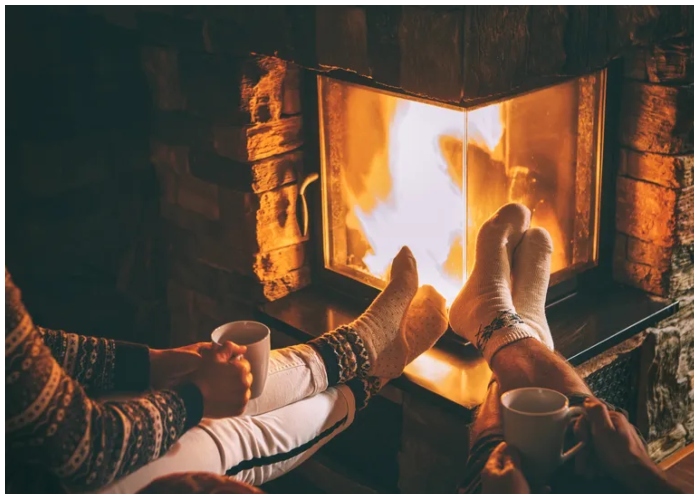In 2025, the idea of success is being redefined. Instead of chasing hustle, pressure, and constant productivity, a growing number of people are turning toward something more comforting: soft living. It’s a lifestyle trend rooted in peace, warmth, and ease—prioritizing comfort over chaos, and gentleness over grind. And it’s quickly becoming one of the most talked-about movements in modern life.
From social media influencers to mental wellness advocates, everyone seems to be leaning into the softness of slow mornings, cozy spaces, emotional boundaries, and intentional rest. This shift reflects a collective craving for balance in a world that has been moving too fast for too long.
What Is Soft Living?
Soft living doesn’t mean giving up on your goals or ambitions. Instead, it’s about approaching life with a softer mindset—valuing rest, emotional regulation, kindness, and simple pleasures. It encourages people to live more gently, to stop glorifying exhaustion, and to treat self-care not as a luxury but as a necessity.
The trend is deeply connected to emotional wellness. It celebrates things like:
- Getting enough sleep
- Enjoying a slow breakfast without checking emails
- Setting firm boundaries with work or relationships
- Decorating with warm colors, soft fabrics, and cozy lighting
- Journaling, taking walks, or practicing mindfulness without guilt
It’s a personal, flexible lifestyle—less about rigid rules and more about tuning in to what feels nurturing and sustainable.

Why It’s Trending Now
There are several reasons why soft living has emerged as a major lifestyle trend in 2025:
- Hustle Culture Burnout – After years of go-go-go culture, many people are simply exhausted. The pandemic years, followed by constant economic and social pressure, led to a growing awareness of just how damaging it can be to constantly push ourselves.
- Mental Health Awareness – Soft living goes hand-in-hand with mental health care. As more people prioritize therapy, boundaries, and emotional rest, soft living offers a framework for daily life that aligns with mental wellness.
- The Aesthetic Appeal – Let’s not forget that soft living looks good. On platforms like TikTok and Pinterest, you’ll find content filled with cozy lighting, soft loungewear, nourishing meals, and handwritten to-do lists. The calm, visually soothing vibe of soft living is part of its charm and shareability.
- Rejection of Toxic Productivity – People are learning that more isn’t always better. Doing less, but doing it well—and without stress—is becoming a new badge of honor.
- Comfort as a Core Value – From fashion to home design, people are prioritizing comfort like never before. Baggy sweaters, soft throw blankets, plush furniture, and warm-toned lighting are all in high demand. It’s not just about how things look—it’s how they feel.
How People Are Embracing It
Soft living can show up in different ways depending on the person. For some, it means reworking their entire schedule to allow for more peace and recovery time. For others, it’s as simple as creating a cozier space or saying no more often.
Here are a few everyday examples of soft living in action:
- Choosing slow mornings over rushed routines
- Creating a reading nook with soft pillows and gentle lighting
- Enjoying quiet hobbies like knitting, journaling, or baking
- Listening to your body and taking breaks when needed
- Spending time offline or reducing social media use
- Speaking to yourself with compassion instead of criticism
Some people are even choosing jobs or careers that align better with soft living—remote work, flexible hours, or creative paths that allow them to protect their energy and emotional well-being.
The New Definition of a Good Life
Soft living doesn’t mean laziness—it means being deliberate. It’s about living in a way that supports your well-being, even when the world around you is fast and demanding. It encourages people to find strength in stillness and softness, not just speed and efficiency.
It also reflects a change in how we define success. In this era, success might mean a balanced life, a calm mind, a tidy home, and relationships that feel safe and supportive. These things may not be flashy, but they’re deeply fulfilling.
Soft living, a cultural reset in 2025, prioritizes comfort, emotional safety, and mindful living as strengths, encouraging a slower, more fulfilling life.